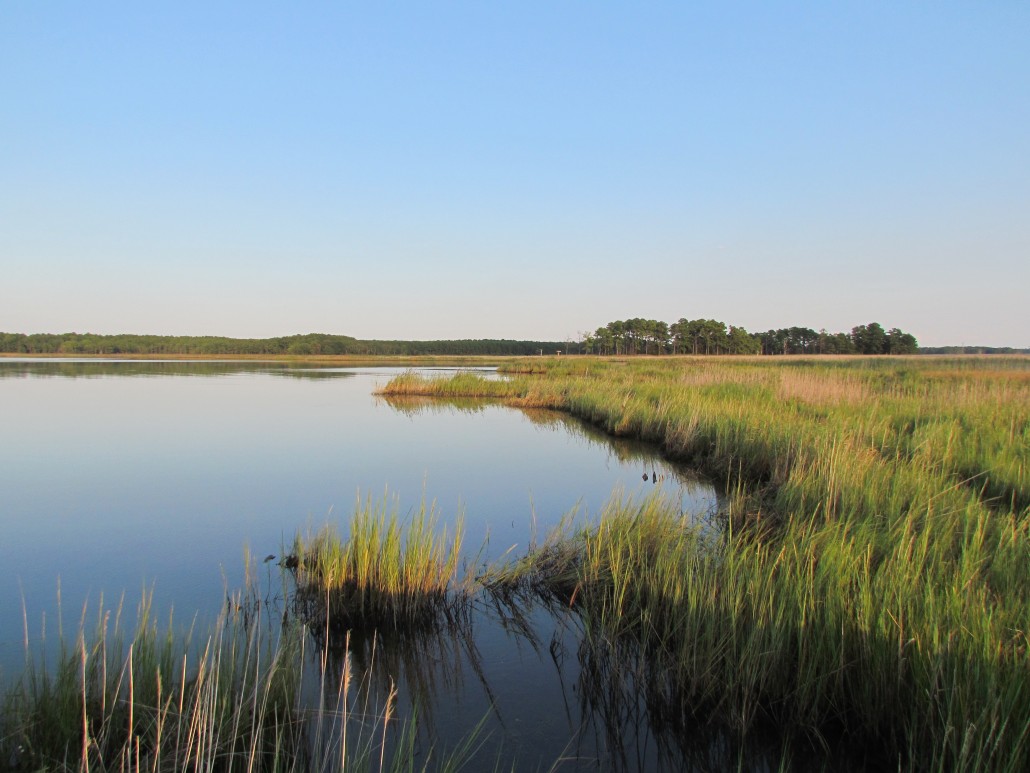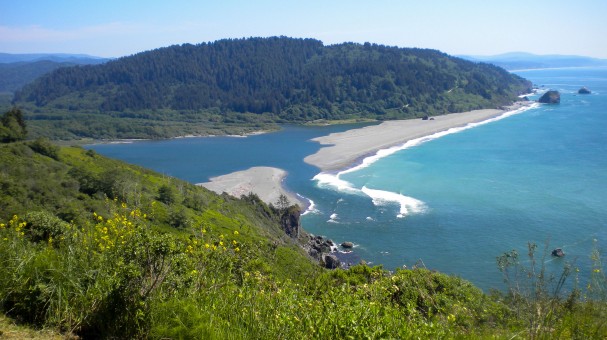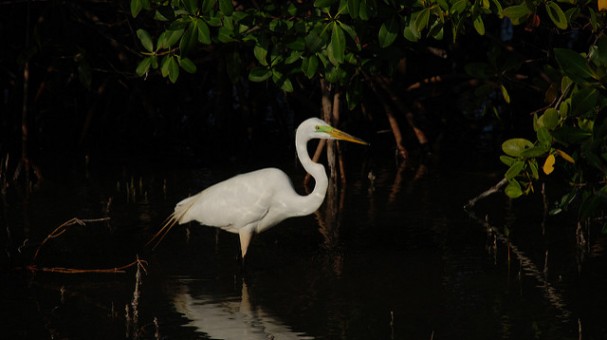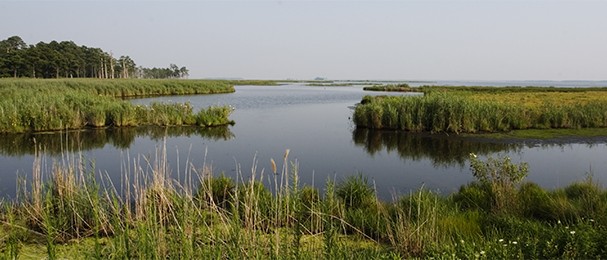Guest blog post by Christine Evans, a recent graduate of Columbia University’s M.S. in Sustainability Management program, Ocean First Institute volunteer, Boulder native and marine conservation enthusiast.
This week is National Estuaries Week, and here at Ocean First Institute we are joining in the celebration of our country’s coasts and estuaries. Since 1988, National Estuaries Week has sought to bring awareness to the many benefits that estuaries provide and to encourage action and stewardship on their behalf. Around the country, individuals and organizations participate in events like beach and river cleanups, marsh grass restoration, educational outings and more.
To celebrate the week and raise awareness, Ocean First Advisory Board member and marine conservationist Mehgan Heaney-Grier made a video explaining why estuaries and coastal ecosystems are so important, some of the threats that they face, and how we can be better stewards of these beautiful and incredibly valuable ecosystems.
This estuary in California (Del Norte Coast Redwoods State Park) provides habitat for all manner of wildlife, including salmon, seals, sea lions, sea birds and even whales. Photo courtesy of National Park Service/S. Olson.
Estuaries, places where rivers meet the sea, are some of the most productive ecosystems on Earth. They are home to a unique variety of plant and animal species that have adapted to living in the mixture of fresh and saltwater. Estuaries provide a wide range of ecosystem services, including water filtration, recreational and educational opportunities, flood regulation, food and clean air, and much more. We often take for granted these services that nature provides, and yet we cannot survive without them.
Estuaries provide critical habitat for many species, including many migratory birds like the egret pictured here in Florida. Photo courtesy of flickr creative commons.
Living in a landlocked state, it may not be readily apparent why the wellbeing of our nation’s estuaries affects us. But once we see the many benefits that they provide not only to those living nearby but also to those far away (think helping to regulate the climate through carbon sequestration, purifying water that is carried around the globe in the hydrological cycle, and providing fish and seafood), it is our hope that you will want to take better care of our nation’s coasts and waterways too. All rivers eventually flow to the sea, and being more mindful of what ends up in our local waterways is an important first step in taking better care of our downstream waters, including our rivers, lakes, estuaries and the sea.
One way to get involved is to participate in a local beach or creek cleanup. Here in Boulder, the 3rd Annual Boulder Creek Cleanup will be held this Saturday, September 24th. You can also make a change in your personal habits, whether it be deciding not to use harmful pesticides and herbicides on your lawn or being more mindful of what you put down the drain (from antibacterial soaps to laundry detergent and toxic drain cleaners). For more ways to help and get involved, the National Oceanic and Atmospheric Administration provides some great tips and ideas.
What is one thing you can do differently this week (and hopefully into the future!) to help preserve and restore our estuaries?




